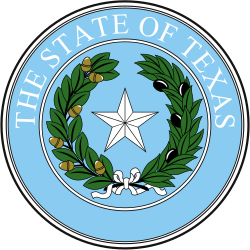| |||||||||||||||||||||||||
16 of the 31 seats in the Texas Senate 16 seats needed for a majority | |||||||||||||||||||||||||
|---|---|---|---|---|---|---|---|---|---|---|---|---|---|---|---|---|---|---|---|---|---|---|---|---|---|
| |||||||||||||||||||||||||
 Democratic hold Republican hold | |||||||||||||||||||||||||
| |||||||||||||||||||||||||
| Elections in Texas |
|---|
 |
The 1976 Texas Senate elections took place as part of the biennial United States elections. Texas voters elected state senators 16 of the 31 State Senate districts. The winners of this election served in the 65th Texas Legislature for four-year terms.